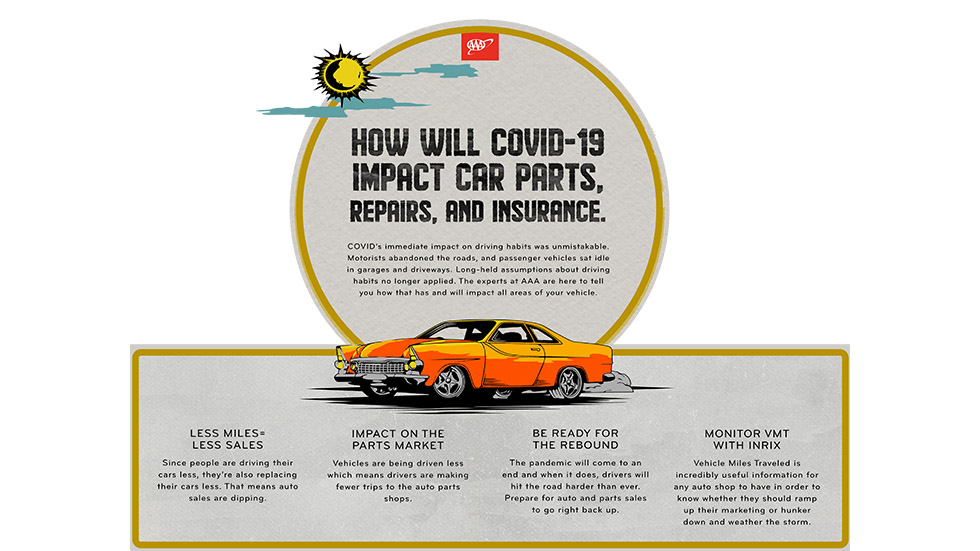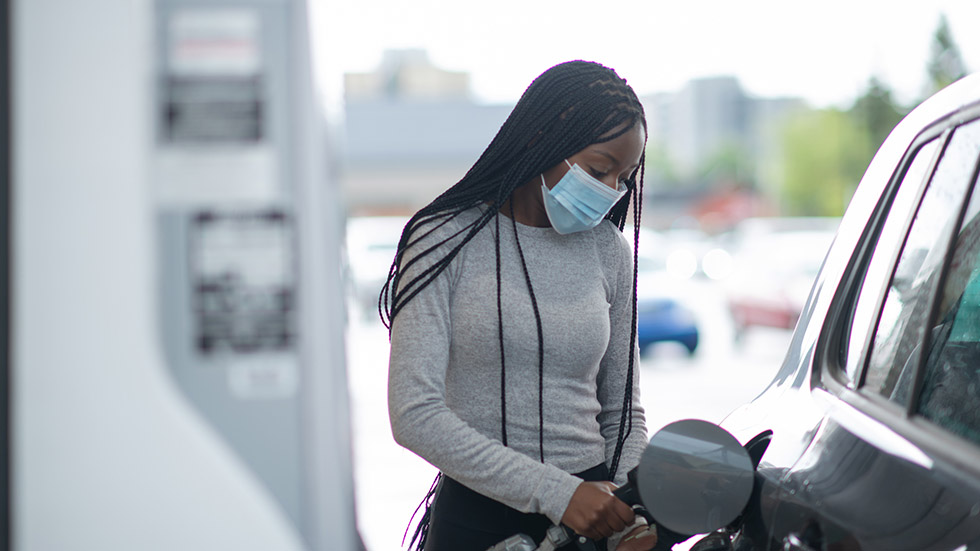HOW THE PANDEMIC MAY IMPACT YOUR CAR AND ITS PARTS
THE IMPORTANCE OF KEEPING UP WITH REGULAR MAINTENANCE


Although 2020 may be over and behind us, the effects of the COVID-19 pandemic on our lives and the economy will be felt for years to come. It’s virtually impossible to think of a business sector or corner of our daily routines that has remained undisturbed by this historic year. Our vehicles and the automotive industry at large were certainly not immune to the pandemic’s effects, with expectations and forecasts for the year shifting seismically from March to April.

Drivers found themselves having to adjust budgets to account for changes in driving habits and styles, many finding things like their cost of fuel dropping to zero as lockdowns took hold. Depending on which area of the country you live in, you may have experienced weeks or months of lockdown where trips in your daily drive were drastically reduced or cut altogether. This sedentary period means the average vehicle sat stationary for longer and annual mileage came in less than expected. That said, drivers should not assume that due to a lack of driving or long periods spent parked under a tree, repairs or maintenance steps can be skipped. Components like oils and brake fluids can deteriorate, even when not in use. Long stationary periods can also mean fluids evaporate or dry rot starts to take hold, particularly on vehicles parked outdoors. Keeping up with regular maintenance intervals is still the best thing a driver can do to keep their vehicle running smoothly, even if weekly or monthly mileage totals have been slashed.

For those commuters with largely unchanged driving habits through the pandemic, chances are that they still experienced commutes that looked a lot different starting in March 2020. As lockdowns became more commonplace, reduced levels of traffic in the morning and evening led to quicker trips that took less time and had higher average speeds. So, even if the number of miles a driver put on their vehicle did not change all that much year over year, the type of miles put on that vehicle likely did. Less sitting stationary with the engine idling in bumper-to-bumper traffic means different wear and tear on parts. These drivers could, for example, expect less brake wear and improved fuel mileage as a result of shifting traffic trends.

With the pandemic still unfolding, the total impact of COVID on the US auto industry is also still developing. Due to many factors like economic uncertainty, shifting consumer demand toward used vehicles versus new, and limited production runs in China wreaking havoc on parts and distribution in the US, the automotive industry experienced a slump in demand in 2020. While it’s expected that automobile manufacturers will have produced 1-2 million less light vehicles in 2020 than in 2019, early data from China suggests a rebound can be expected as life post-COVID becomes a reality. Even with a rebound in 2021, experts like BCG do not expect the market to recover to pre-COVID levels until 2023.
In times of economic downturn and uncertainty, consumers historically hold onto their money more tightly and look for ways to make their dollar work harder for them. This means opting to repair instead of replace, particularly when it comes to vehicles. This can be a boon for automotive repair shops, spiking demand for their services. Consumers should expect to schedule maintenance further out, not be surprised by delays or parts shortages, and work with a AAA Approved mechanic they trust for ways to keep their cars running reliably without breaking the bank.
